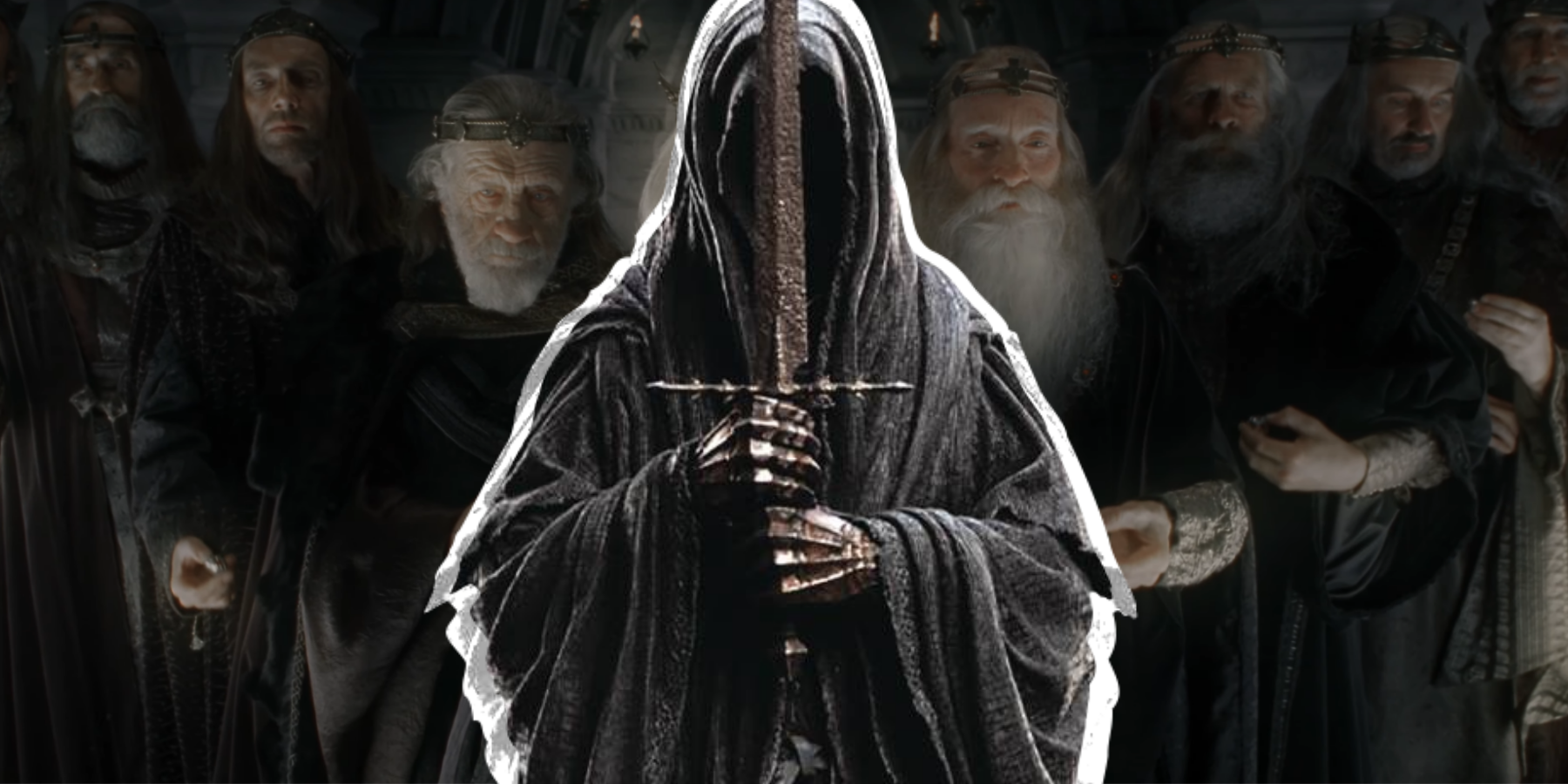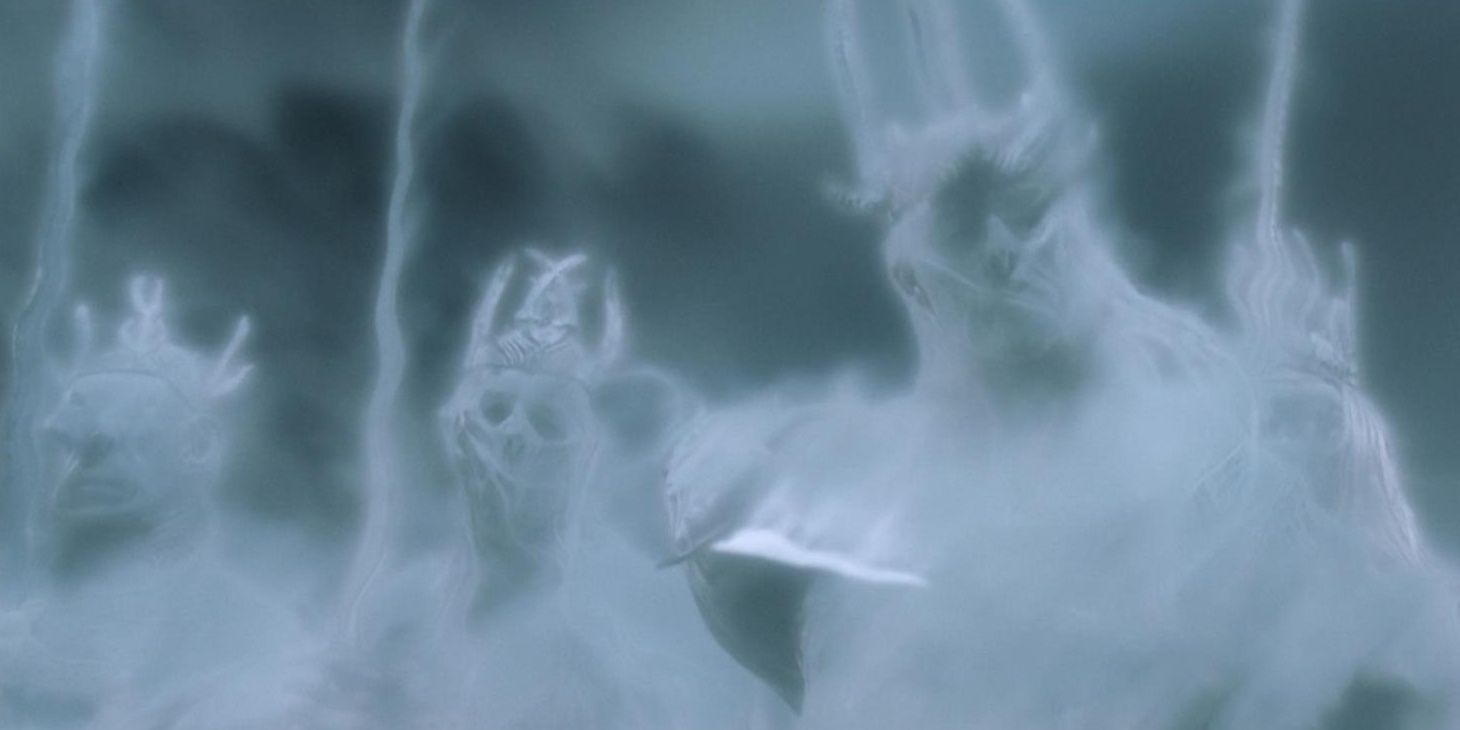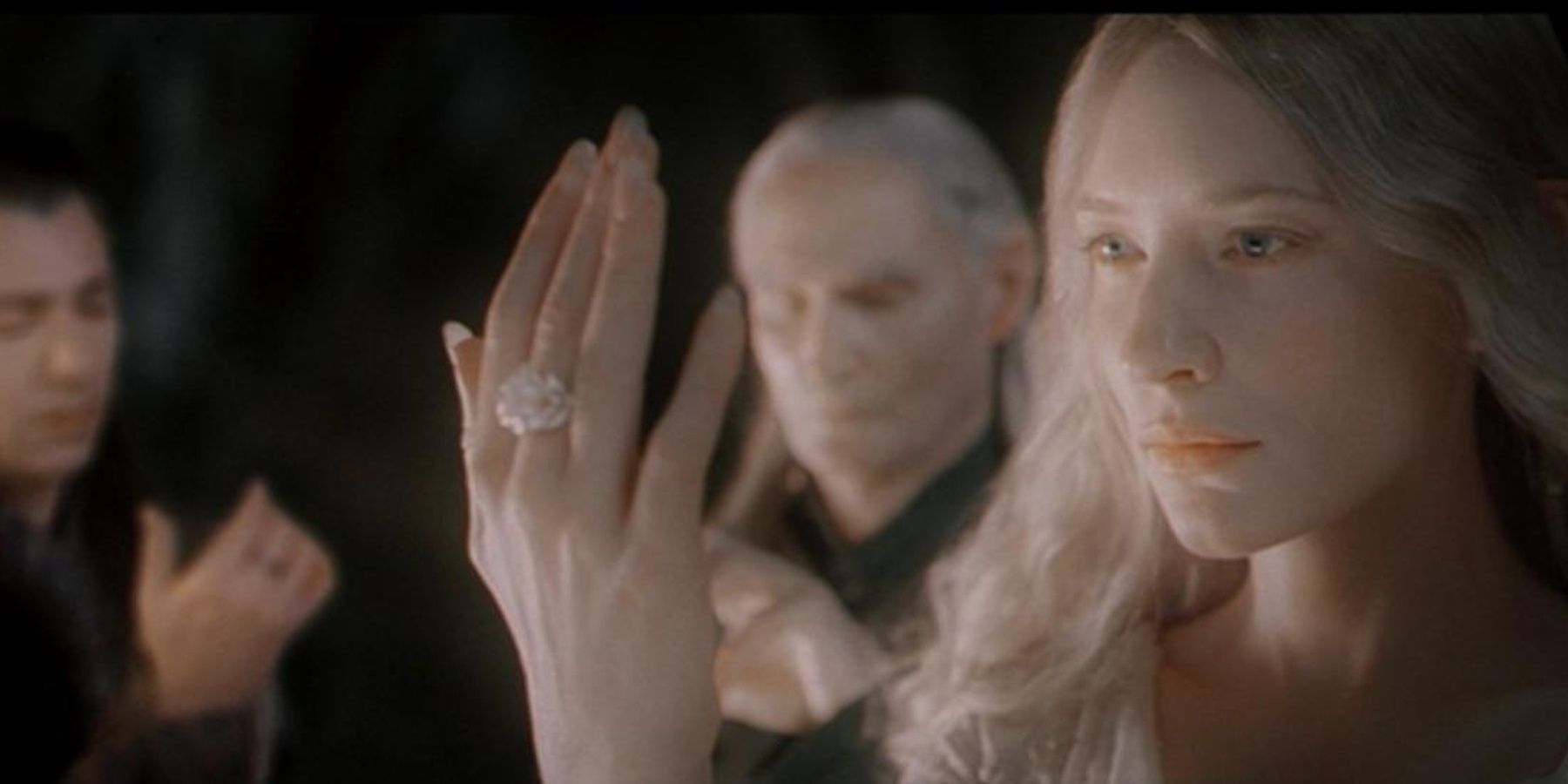Most readers of The Lord of the Rings book trilogy and fans of Peter Jackson's Lord of the Rings film trilogy are familiar with the Nazgûl (also know as ringwraiths or the Úlairi). They are servants of Sauron, dark and cloaked figures, and are often found astride black horses or felbeasts. But where do they come from? The answer to this question reaches deep into the history of Middle Earth, but also may provide clues as to what viewers can expect in Amazon's upcoming and much-anticipated Lord of the Rings series.
For many moviegoers, their first experience of the Nazgûl occurred in Lord of the Rings: The Fellowship of the Ring during the prologue when Galadriel (played by Cate Blanchett) tells the history of the Rings of Power. “And nine, nine Rings were gifted to the race of Men, who above all else desire power. For within these Rings was bound the strength and the will to govern each race. But they were all of them deceived, for another ring was made.”
This line alludes to the history of these 9 Men and infers towards the power they held as ring bearers. However, the connection between these ancient Kings of Men and the wraiths who pursue Frodo, Sam, Merry, and Pippin through the Shire, to Bree, and beyond is crucial in beginning to understand how their story could have influenced major events in the Second Age. But what does this have to do with the Amazon TV series?
Since the new Amazon TV series is based in the Second Age, one cannot help but wonder how much they'll touch on the 9 Rings, who they were given to, and how they contributed (if at all) to the eventual downfall of Númenor. This cannot be verified until the series premieres, but using the Tolkien legendarium, a few assumptions can be made.
In The Silmarillion, it's revealed that the Nazgûl were originally Men — amongst whom three were lords of Númenor and one an Easterling king — who were gifted 9 Rings of Power by Sauron in the Second Age. Readers also know that Sauron will play an integral role in the plot of the series and, outside of the Fall of Númenor, the creation of the Rings of Power is a cornerstone event for Sauron and all the races of Middle Earth in the Second Age.
One element of a Nazgûl origin story that could be in the new series is how the Men who receive the 9 Rings of Power attempt to resist giving in to the power of the One Ring. In The Silmarillion, Tolkien explains how "one by one, sooner or later, according to their native strength and to the good or evil of their wills in the beginning, they fell under the thraldom of the ring that they bore and under the domination of the One, which was Sauron’s." This information implies that, much like how Frodo shows an unusual ability to resist the power of the One Ring, some Men showed more resistance than others to Sauron's manipulations. While it may be difficult to picture the Nazgul as anything other than the terrifying mounted jewelry enthusiasts seen in the film trilogies, exploring their identities as Men could provide valuable insight into the nature of corruption in Middle Earth.
Further, the Men who receive the 9 Rings used them to gain wealth and power and — as their lives were extended by the power of the Rings — their bodies eventually faded away to become the wraiths seen in The Lord of the Rings. This transition from powerful Men to mindless wraiths is also explored in The Silmarillion, where "Those who used the Nine Rings became mighty in their day, kings, sorcerers, and warriors of old. They obtained glory and great wealth, yet it turned to their undoing." This "undoing" could be tied to an ongoing theme seen throughout The Silmarillion, where some Men prove to be easily manipulated by the promise of immortality.
Indeed, in Akallabêth: The Downfall of Númenor, this envy of immortality led to — along with many artful manipulations by Sauron — the eventual downfall of Númenor. While a long story, a quick summary is some Men in Númenor decide they want to obtain immortality from the Valar, who are the Gods of Arda. However, this is a difficult task, as the Valar live far in the East across the sea. Regardless, these Men manage to attack them in their home continent but, since the Valar are gods, the Men are outmatched and fail pretty miserably at their task. Further, as punishment, the Valar decide to reshape the world into a sphere so that Men could no longer reach Aman and, for good measure, sink the island of Númenor into the sea.
While the 9 Rings and their corresponding bearers are not specifically mentioned in The Downfall of Númenor, it would be interesting to see how the three lords of Numenor who were given the Rings contributed, if at all, to the events that transpired. According to The Silmarillion, the Rings allowed the bearers "unending life, yet life became unendurable to them. They could walk, if they would, unseen by all eyes in this world beneath the sun, and they could see things in worlds invisible to mortal men; but too often they beheld only the phantoms and delusions of Sauron." This passage reinforces some things that are already known about the Rings of Power (they can turn the bearer invisible and allow them to see a darker realm) and some things that are unkown (Sauron uses this world to manipulate the Ringbearers). Were other Numenorians motivated by a desire to extend their lives because of the 9 Rings? At what point did immortal life become unbearable for the ring bearers? Did they ever try to escape the will of Sauron?
Regardless, while exploring events in the Second Age provides a whole other level of understanding of the Nazgûl, where they come from, and what led them to their dark destinies, the Second Age is a time fraught with epic battles, powerful heroes, and the rise and fall of great civilizations. It is possible that there may not be a Nazgûl origin story in the new series, perhaps not even a mention. However, if the topic were explored, it would provide a well-known connection to The Lord of the Rings film and book series, which would go a long way in gaining the favor of fans of the original trilogies.



